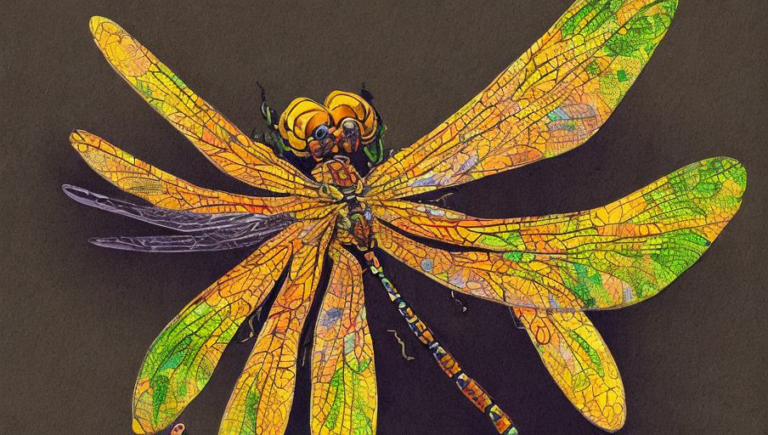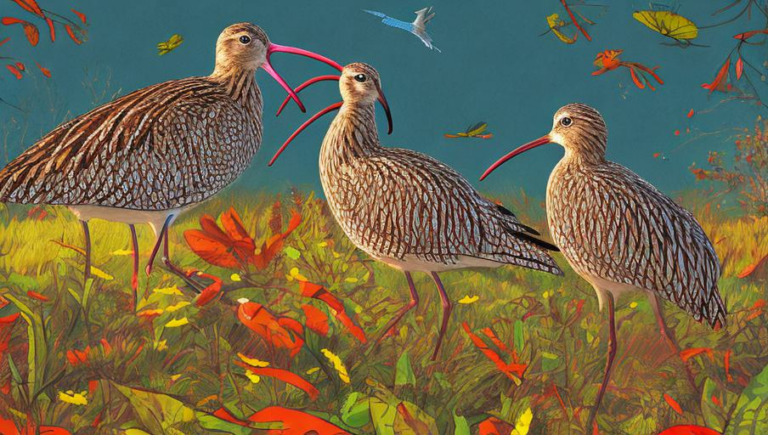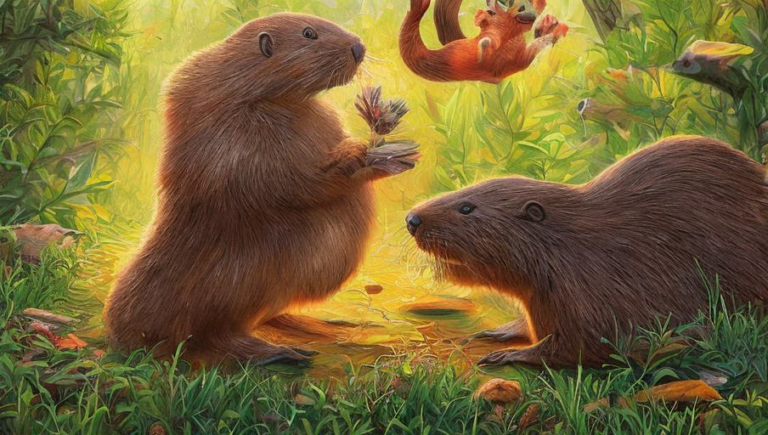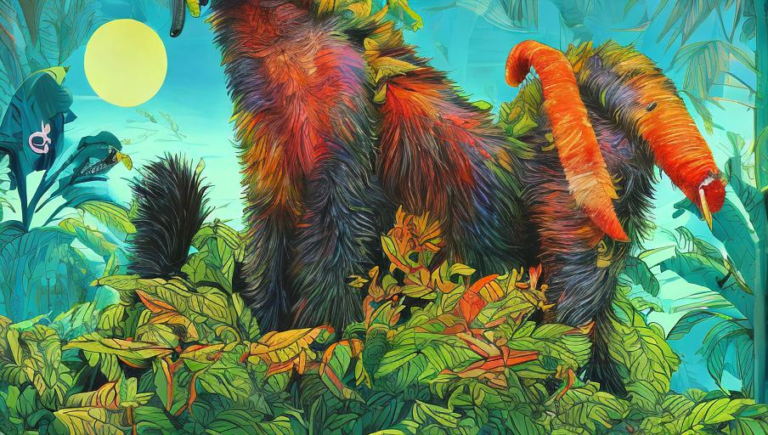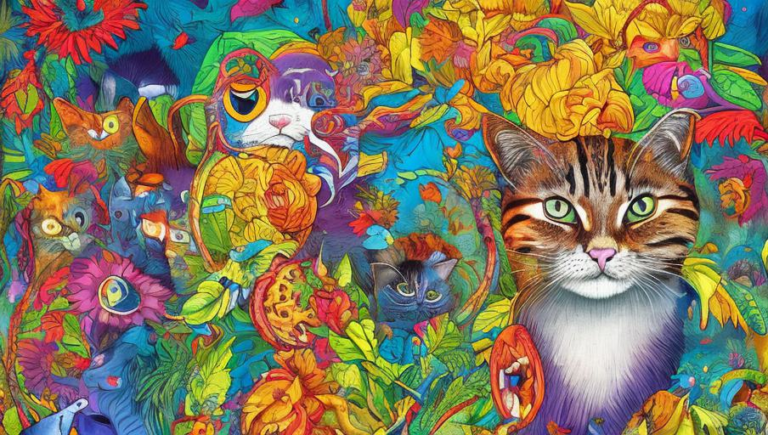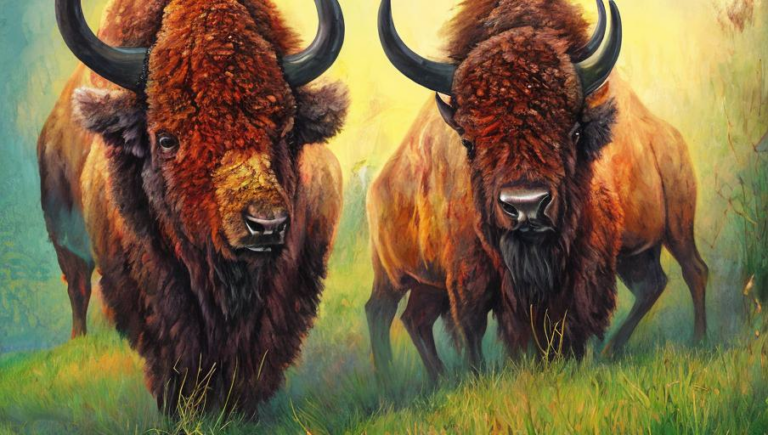Significance of Cattle in Different Cultures
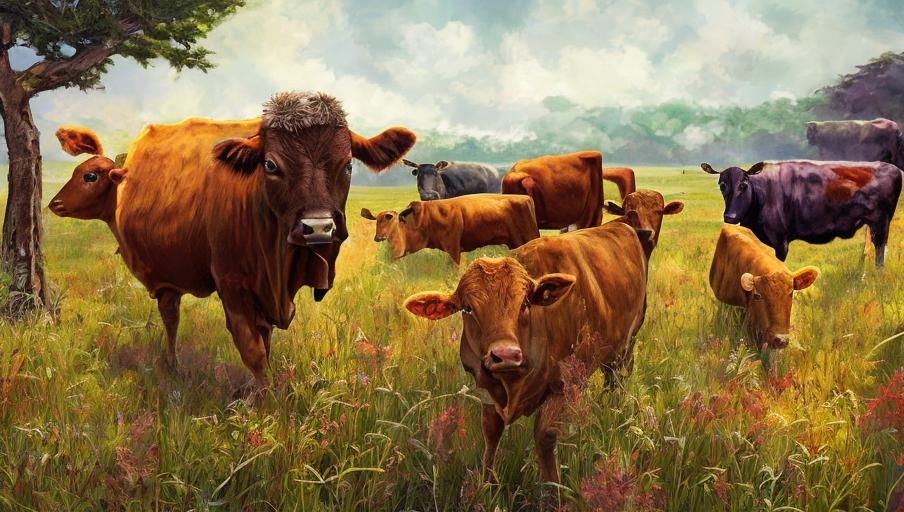
The Role of Cattle in Different Cultures
Cattle have been a mainstay of many cultures throughout history. They have been used as beasts of burden to transport goods, as food sources, and as symbols of wealth and power. Cattle have also been used in religious ceremonies and rituals, especially among pastoralist societies. While their importance has varied throughout time and across cultures, they have always been integral components of human life.
Cattle as Food Sources
Cattle have been a major source of food for many cultures since ancient times. In some cultures, cattle are considered sacred and are not used for food. In other cultures, cattle are the primary source of food, such as in Africa, where cattle provide milk, meat, and hides for clothing. In India and China, cattle are used as a source of dairy products, leather, and labor.
Cattle as Wealth
In many cultures, cattle represent wealth and status. In some cultures, such as the Maasai of East Africa, a man’s wealth is measured by the number of cattle he owns. In other cultures, such as those in India and China, cattle are given as gifts and used to pay dowries. Cattle are also used as currency in some cultures, such as the Yombe people of the Congo.
Cattle in Religion
Cattle have also been important in many religions throughout history. In Hinduism, cattle are sacred and are seen as symbols of abundance and fertility. In ancient Egypt, cattle were sacrificed in ritual ceremonies. In the Bible, cattle are seen as symbols of abundance and fertility. In some cultures, they are still used in religious ceremonies.
Cattle in Modern Times
Today, cattle are still an important part of many cultures. They are used as beasts of burden in many parts of the world, and are a major source of food in many places. They are also used in dairy production, leather production, and for ceremonial purposes. Cattle are also integral to many economic systems, as they are used to measure a person’s wealth and status.
Conclusion
Cattle have been an important part of many cultures throughout history. They have been used as beasts of burden, as sources of food, and as symbols of wealth and status. They have also been important in religious ceremonies and rituals. Today, they are still integral parts of many cultures, and are important components of many economic systems.
